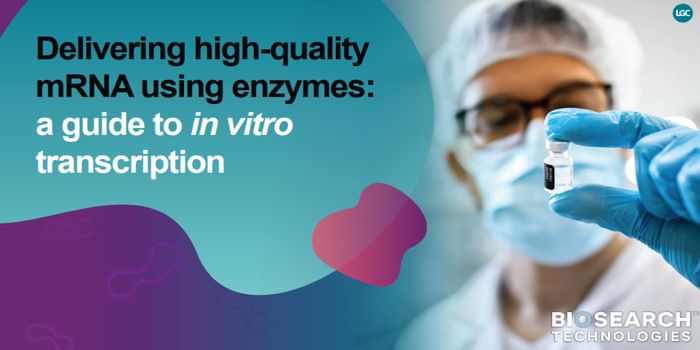Bleeding risk with concurrent blood thinners and NSAID use
A groundbreaking study with results published in European Heart Journal has unveiled critical insights into the risks associated with combining non-steroidal anti-inflammatory drugs (NSAIDs) with blood thinners in patients being treated for blood clots. Blood clots, or thromboembolic events, often form in the deep veins of the legs (deep vein thrombosis, DVT) or the lungs (pulmonary embolism, PE). Anticoagulants, or blood thinners, are the standard treatment for these conditions, working to prevent clot growth and reduce the risk of recurrence.
The study, led by Søren Riis Petersen, analyzed data from a large cohort of patients being treated for venous thromboembolism (VTE). Petersen emphasized the alarming findings: “We found that for patients taking blood thinners for blood clots in the legs or lungs, using NSAIDs doubled the risk of bleeding compared with not using NSAIDs. The increased bleeding risk associated with NSAID use was not limited to the digestive tract but also seemed to affect other organ systems.”
This research underscores a critical public health concern, as both blood clots and NSAIDs are prevalent in the general population. NSAIDs, including over-the-counter drugs like ibuprofen and prescription medications like diclofenac, are widely used for pain relief in conditions such as arthritis, injuries, and postoperative recovery. Blood thinners, on the other hand, are a cornerstone in the management of thrombotic conditions but come with a known risk of bleeding. The combination of these medications exacerbates this risk, posing significant challenges for healthcare providers and patients alike.
The study revealed that patients taking both NSAIDs and anticoagulants had a twofold increase in the risk of major bleeding events compared to those not using NSAIDs. Major bleeding events include life-threatening conditions such as gastrointestinal bleeding, intracranial hemorrhage, and bleeding in other organ systems. The risk was not confined to traditional areas of concern, such as the stomach or intestines, but extended to other parts of the body, emphasizing the systemic impact of NSAID use.
The study's findings have significant implications for clinical practice and patient safety. For healthcare providers, it highlights the necessity of comprehensive medication reviews and patient education. This is particularly crucial as many NSAIDs are available over the counter, and patients may not associate these common pain relievers with serious complications. Pharmacists and other healthcare professionals should play an active role in counseling patients about these risks and recommending safer options.
This finding is a stark reminder of the importance of medication safety and the potential consequences of drug interactions. For patients with conditions like DVT or PE, the combination of NSAIDs and anticoagulants can be life-threatening, emphasizing the need for caution, education, and alternative approaches to pain management.
Sources: European Heart Journal, European Society of Cardiology








